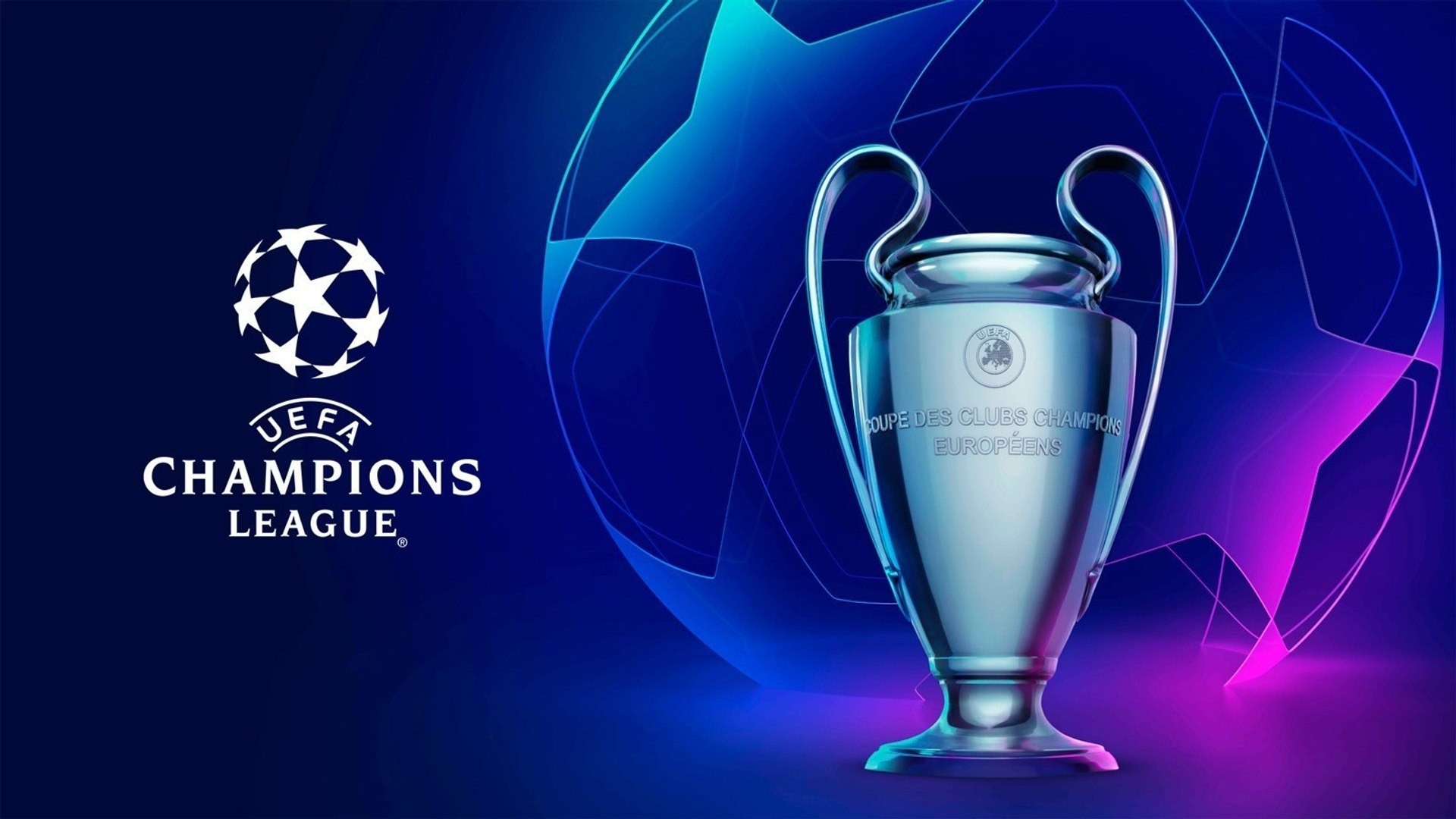

Champions League
Champions League Revolution: A Look into UEFA’s New Bold Format
UEFA will introduce an exclusive ‘Champions League match week’ next season as part of the remodel format that will see 36 teams compete in a league.
The new format will see 36 teams competing in a league, with matches scheduled on Tuesday, Wednesday, and_ Thursday during a dedicated Champions League match week in September.
Key Highlights of the New Format
Expanded Competition: The 36 teams will be divided into four pots of nine, with Pot 1 including the reigning Champions League winners and_ the top eight teams based on coefficients. This change means that clubs are winning their domestic leagues, and_ the Europa League champions will no longer have automatic priority in Pot 1.
Match Structure: Each team will play eight matches against eight different opponents, facing two teams each from Pot 1, Pot 2, Pot 3, and_ Pot 4. The matchups will be randomized, with teams playing four matches at home and four away.
Seeding Table: Teams finishing between 9th and_ 16th will enter a seeding table and_ compete in a play-off to reach the last 16. This system aims to provide a clearer route to the final and_ ensure fair competition.
Hybrid Draw System: The newly expanded Champions League format from next season will require computers to make the draw.
UEFA draw simulations have shown that a manual draw for the new format would take between three and_ four hours and_ require 900 balls.
Instead, a new hybrid method will be used – clubs will be drawn manually then the computer will take over and_ select their eight opponents.
The new hybrid draw is expected to take around 35 minutes – the same duration as the current draw for the existing format.
An English IT company is developing the software that will conduct the digital part of the draw. Two backup software systems will also be used, and_ the draw will be audited.
Additional Slots: Two extra slots in the competition will be awarded to nations with the best collective performance in the previous season. Italy and Germany currently lead the rankings, with England closely behind, emphasizing the significance of each match in determining qualification.
Europa League and’ Europa Conference League: Both competitions will also change, starting with 36 teams and_ adopting a league phase format. This adjustment aims to increase competitiveness and_ engagement among participating clubs.
Fair Play: To maintain fairness, clubs from the same association will generally not be drawn against each other, promoting diversity and_ unpredictability in the matchups.














